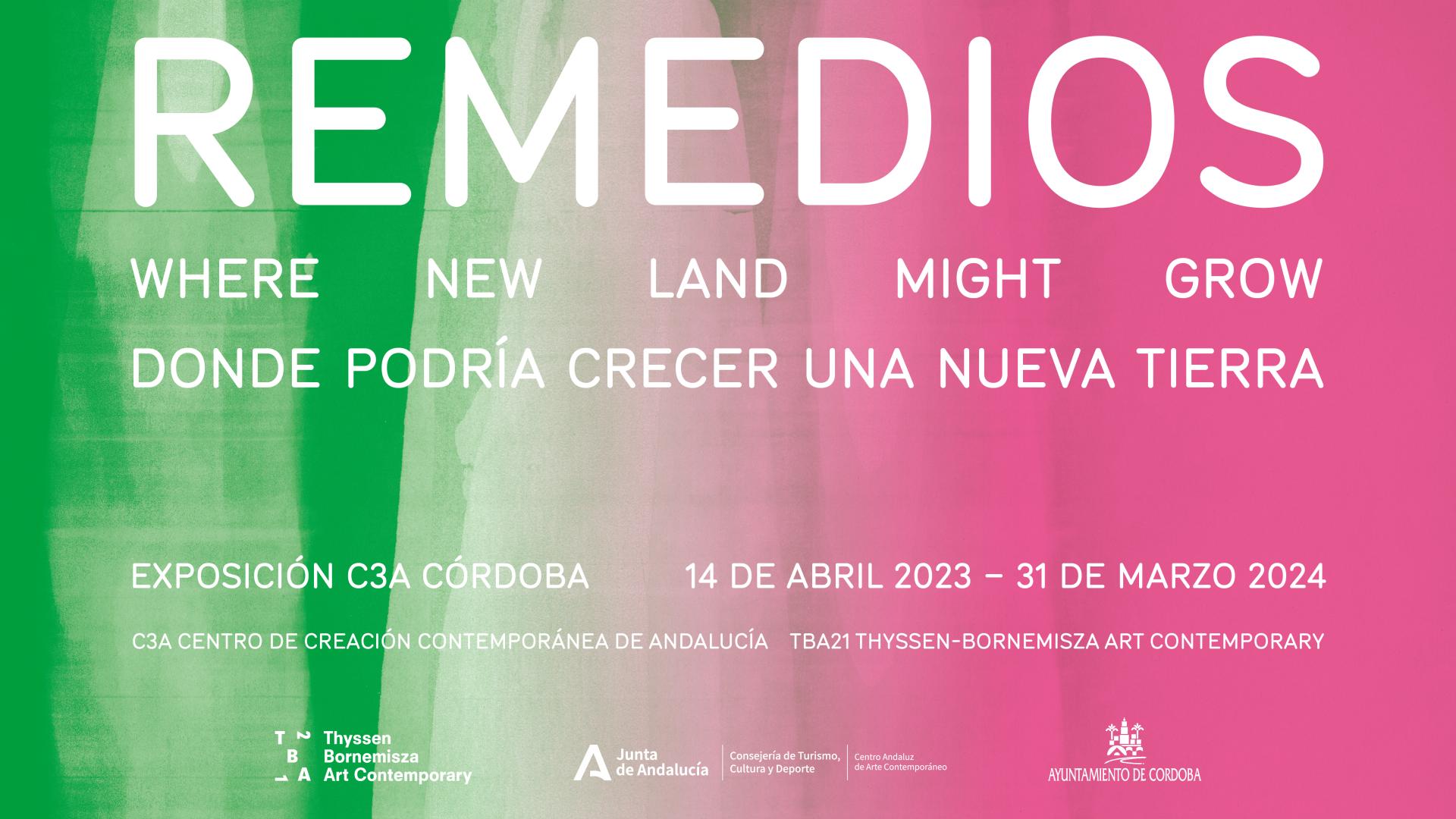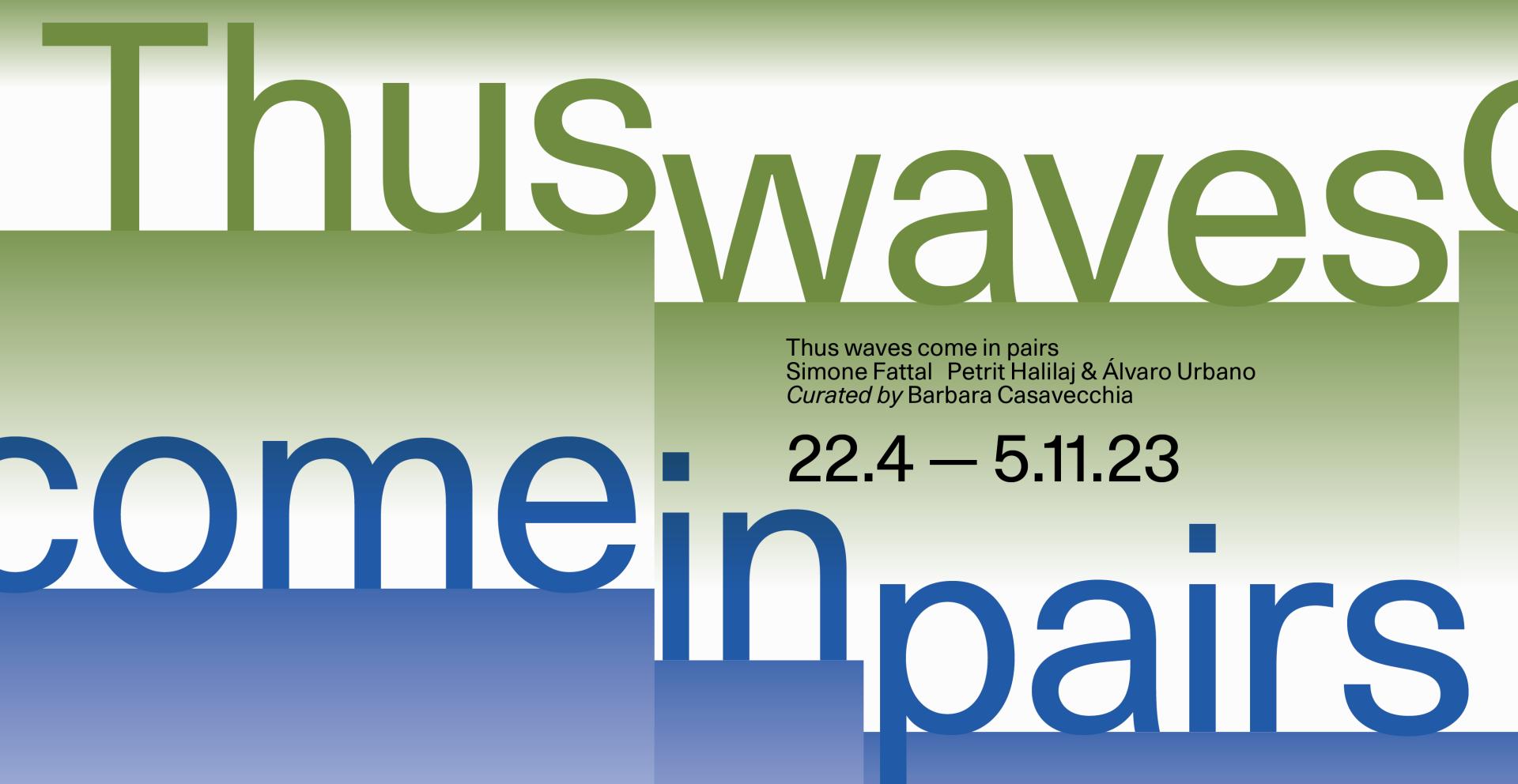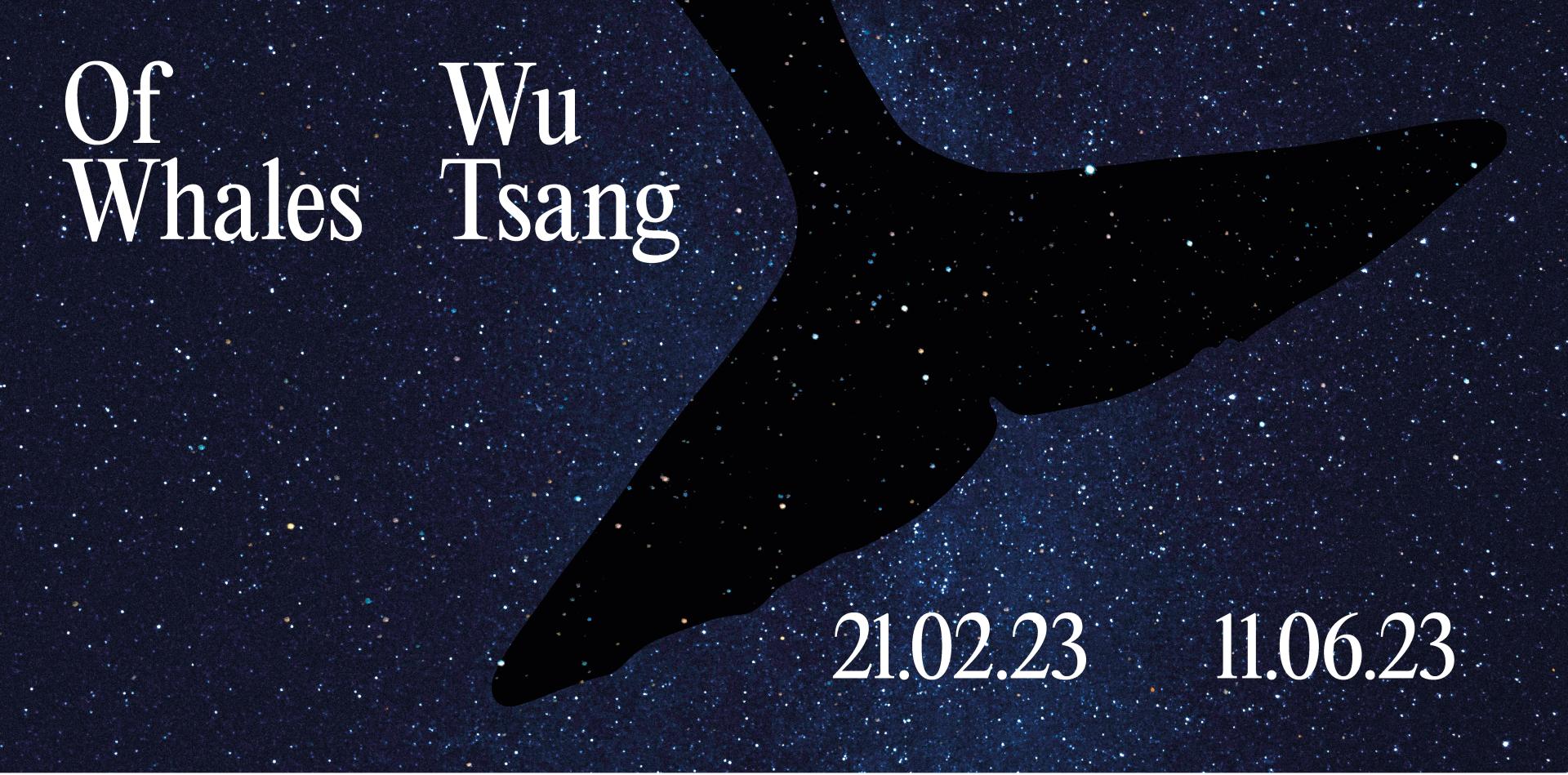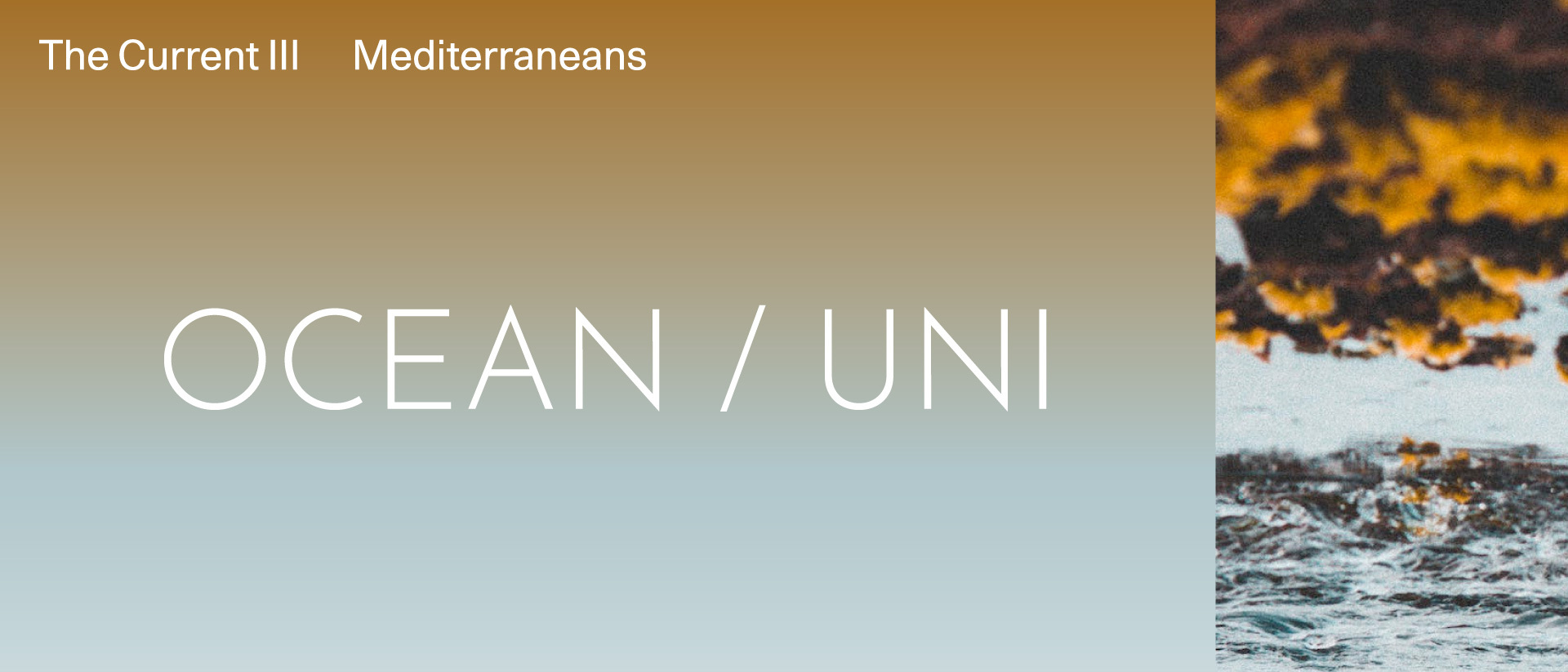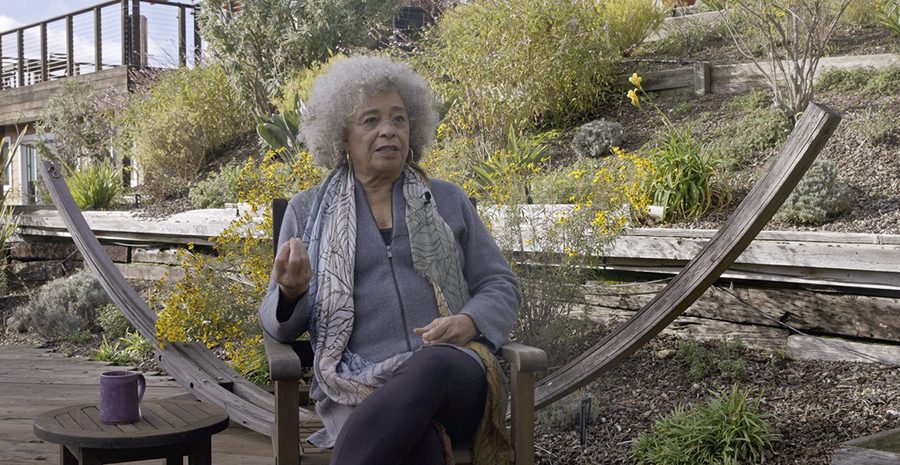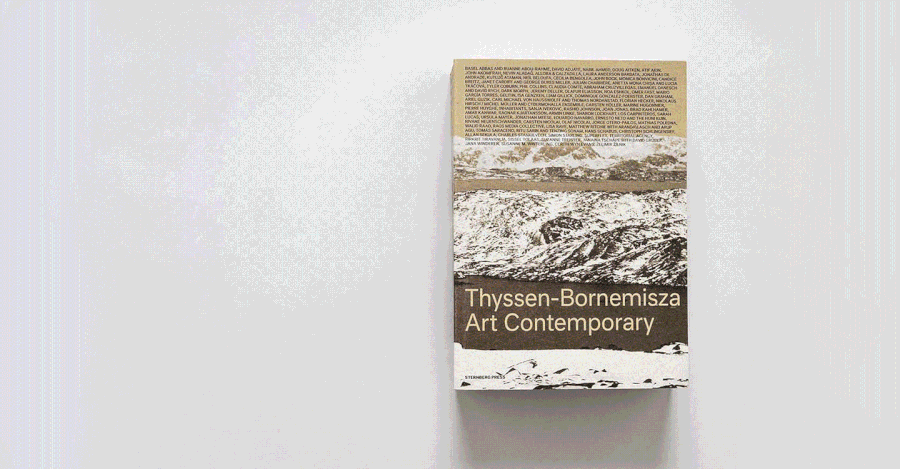Nations 4 (das kapital hill), 2012
Slavs and Tatars

© Tanya Bonakdar Gallery, New York, 2018
Collection
Reversed mirror painting, wooden frame
160 x 109,5 cm
Slavs and Tatars are an art collective with a specific commitment to researching around questions relating to nation, language, translation and transliteration, religion, tradition, and philosophy as they play out in the Eurasian regions. Operating across a range of platforms including exhibitions, publications and lecture performances, in many ways they attempt to extend and expand their origin status as a reading group through invitation to a diverse audience of viewers, readers, and listeners.
Nations 4 (Das Kapital Hill) originally appeared as part of a series of like works entitled Nations; these mirror paintings are each inscribed with laconic statements or one-liners which compress seemingly disparate messages, symbols and languages to provide “ice-breakers” into the larger discourse Slavs and Tatars deals with. The series was part of their first work cycle of research called Region d’être which firmly established the geopolitical location of their academic and artistic project. Nations 4 is a mirror inscribed with the words Das Kapital Hill in red, which appear almost vandal-like or etched in form, though at the same time a clear product of high manufacture. It squashes into a singular frame the two great competing ideologies of the twentieth century, making reference to both Capitol Hill, Washington D. C., home of the U.S. Congress and Karl Marx’s Das Kapital (1867-1885). Their use of this form of wit is symptomatic of Slavs and Tatars, who persistently turn to humour as an avenue for direct and intimate engagement with complex subject matter. They reject the traditional western philosophical belief in distance as a prerequisite for criticality, and rather emphasise the need to know one’s material well enough that a more playful relationship might be forged, thereby moving closer to the core of enquiry. They cite folk figure Molla Nasreddin as a vital source for their comedic and satirical impulses, who appears in traditions and children’s stories across the Eurasion region and whose own use of humour or simplistic enquiry would get right to the heart of questions of ethical morality. Their deployment of language in this way also represents their desire to dismantle an intellectual hierarchy at risk of appearing between artist and viewer, without debasing the level of conversation. As they say of their approach: “[we] do not see it as stupidity, but as a way of being, which is much more hospitable: one does not speak from above. Our humour is never laughing at anybody, but at ourselves in the hope that others will join in.”1 The use of mirror further incorporates the viewer into the work in an immediate and formal sense. Nations 4 represents one of many poetic exercises in a methodology they call the “metaphysical splits” whereby cognitive dissonance is regarded as a productive tool for undoing certain modes of thought.2
–Elsa Gray
1 http://rastergallery.com/wp-content/uploads/2013/02/InterviewsUnthinkable.pdf
2 https://www.youtube.com/watch?v=RQTKnbZx9fs
160 x 109,5 cm
Slavs and Tatars are an art collective with a specific commitment to researching around questions relating to nation, language, translation and transliteration, religion, tradition, and philosophy as they play out in the Eurasian regions. Operating across a range of platforms including exhibitions, publications and lecture performances, in many ways they attempt to extend and expand their origin status as a reading group through invitation to a diverse audience of viewers, readers, and listeners.
Nations 4 (Das Kapital Hill) originally appeared as part of a series of like works entitled Nations; these mirror paintings are each inscribed with laconic statements or one-liners which compress seemingly disparate messages, symbols and languages to provide “ice-breakers” into the larger discourse Slavs and Tatars deals with. The series was part of their first work cycle of research called Region d’être which firmly established the geopolitical location of their academic and artistic project. Nations 4 is a mirror inscribed with the words Das Kapital Hill in red, which appear almost vandal-like or etched in form, though at the same time a clear product of high manufacture. It squashes into a singular frame the two great competing ideologies of the twentieth century, making reference to both Capitol Hill, Washington D. C., home of the U.S. Congress and Karl Marx’s Das Kapital (1867-1885). Their use of this form of wit is symptomatic of Slavs and Tatars, who persistently turn to humour as an avenue for direct and intimate engagement with complex subject matter. They reject the traditional western philosophical belief in distance as a prerequisite for criticality, and rather emphasise the need to know one’s material well enough that a more playful relationship might be forged, thereby moving closer to the core of enquiry. They cite folk figure Molla Nasreddin as a vital source for their comedic and satirical impulses, who appears in traditions and children’s stories across the Eurasion region and whose own use of humour or simplistic enquiry would get right to the heart of questions of ethical morality. Their deployment of language in this way also represents their desire to dismantle an intellectual hierarchy at risk of appearing between artist and viewer, without debasing the level of conversation. As they say of their approach: “[we] do not see it as stupidity, but as a way of being, which is much more hospitable: one does not speak from above. Our humour is never laughing at anybody, but at ourselves in the hope that others will join in.”1 The use of mirror further incorporates the viewer into the work in an immediate and formal sense. Nations 4 represents one of many poetic exercises in a methodology they call the “metaphysical splits” whereby cognitive dissonance is regarded as a productive tool for undoing certain modes of thought.2
–Elsa Gray
1 http://rastergallery.com/wp-content/uploads/2013/02/InterviewsUnthinkable.pdf
2 https://www.youtube.com/watch?v=RQTKnbZx9fs
Slavs and Tatars is an art collective and "a faction of polemics and intimacies devoted to an area east of the former Berlin Wall and west of the Great Wall of China known as Eurasia". Founded in 2006, the group’s work is centered on three activities: exhibitions, books and lecture performances
This biography is from Wikipedia under an Attribution-ShareAlike Creative Commons License.
This biography is from Wikipedia under an Attribution-ShareAlike Creative Commons License.



